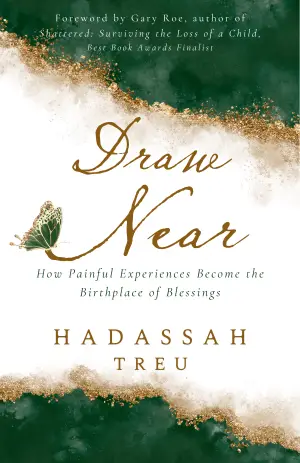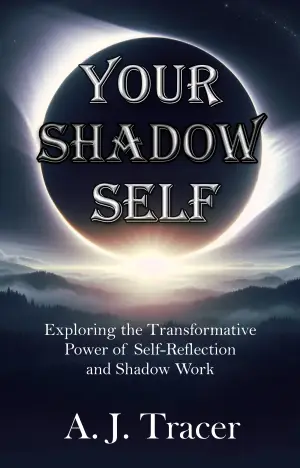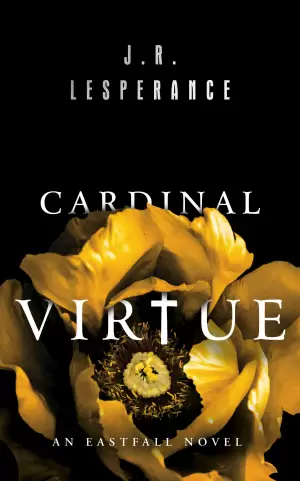A Girl Walks Into the Forest: A Journey into Beauty and Brutality
From the moment I heard the title A Girl Walks Into the Forest by Alexis Roux, I was captivated. A title steeped in mystery yet familiar, it teased the promise of a modern fairytale. However, this is no ordinary reimagining of "beauty and the beast." Instead, it’s a haunting exploration of identity, power, and the complexity of what it means to truly live. Roux’s poignant prose and the visceral journey of her protagonist, Valla, pulled me in and left me reflecting long after I turned the last page.
At its core, the story follows Valla, a young woman from the bleak village of Arylik. Her beauty marks her for an unsettling destiny, as she becomes a tribute to the enigmatic Count Leonid. What starts as a seemingly straightforward premise spirals into a dark narrative when Valla’s journey through the cursed Gottyar Wood leaves her scarred, not just on the outside but deeply within. This is where Roux shines: she doesn’t offer easy healing or a quick fix. Instead, she digs deep into Valla’s transformation, leading us through her journey from passive beauty to a fierce force of nature.
Roux’s examination of beauty as both a currency and a cage is profound. Valla’s identity is initially rooted in her looks, but when her face is disfigured, Roux forces readers to confront the societal implications of losing one’s perceived worth. The scars, frightening yet liberating, become a catalyst for Valla’s evolution. I found myself aching for her struggle to redefine her identity, resonating with the unflinching honesty in Roux’s writing—a vivid portrayal of both physical pain and the psychological weight of this loss.
The integration of Slavic folklore adds another rich layer to the narrative. Baba Yaga’s character, a complex blend of mother and monster, is a brilliant embodiment of the story’s moral dilemmas. Roux presents her not as a clear villain but as a figure shaped by systemic violence, echoing contemporary discussions about justice and retribution. This depth elevates the tale beyond traditional YA tropes, forcing readers to grapple with uncomfortable questions about power dynamics and the cost of survival.
The atmospheric world-building, particularly in the Gottyar Wood, enveloped me. Roux’s background in horror enhances this setting; it’s not merely a backdrop but an active participant, pulsing with life and danger. The creatures that inhabit this landscape, alongside Valla’s internal battles, meld to create an experience that teeters on the edge of gothic horror and folk wisdom.
While I was enthralled by Valla’s story, I did feel some narrative threads were left wanting. The Count’s backstory could have added another layer of complexity, and a few secondary characters seemed to vanish without resolution. However, these minor flaws didn’t detract from my overall enjoyment. The story’s pacing, masterful in its unfolding, kept me engaged—a delicate balance between introspection and action that echoed Valla’s journey.
In essence, A Girl Walks Into the Forest resonates on multiple levels. It serves as a brutal yet beautiful reminder of the strength born from trauma. Roux tackles themes of bodily autonomy and power with sensitivity, leaving readers with an impactful message about self-acceptance.
If you enjoy dark, lyrical tales steeped in mythology, this book is for you. It’s a fierce, necessary story that dares you to delve into the darkness. My reading experience was one of reflection and revelation, and I highly recommend it for anyone ready to explore the complexities of identity and agency through a lens of haunting beauty.
Ultimately, Roux has crafted a narrative that lingers in the mind, echoing long after the final chapter. For those willing to journey into the depths of the forest with Valla, the rewards are profound and deeply resonant.
Discover more about A Girl Walks Into the Forest on GoodReads >>





















